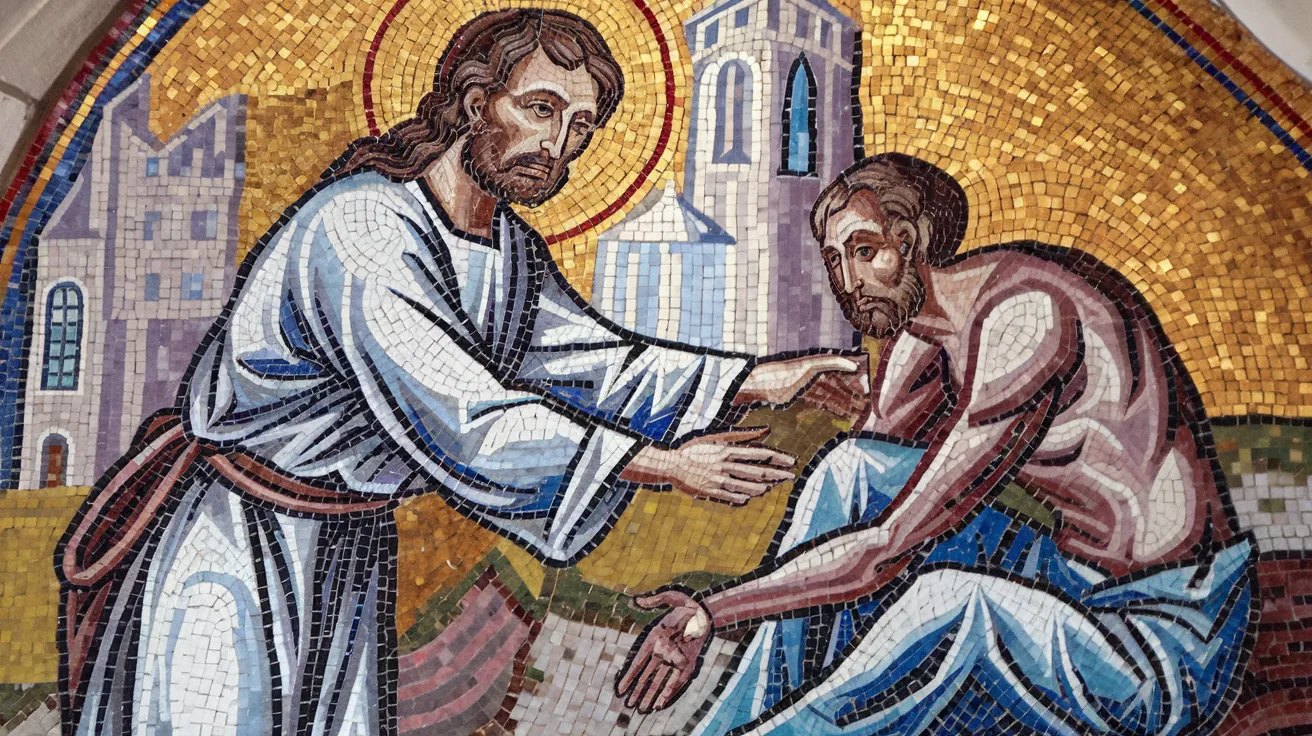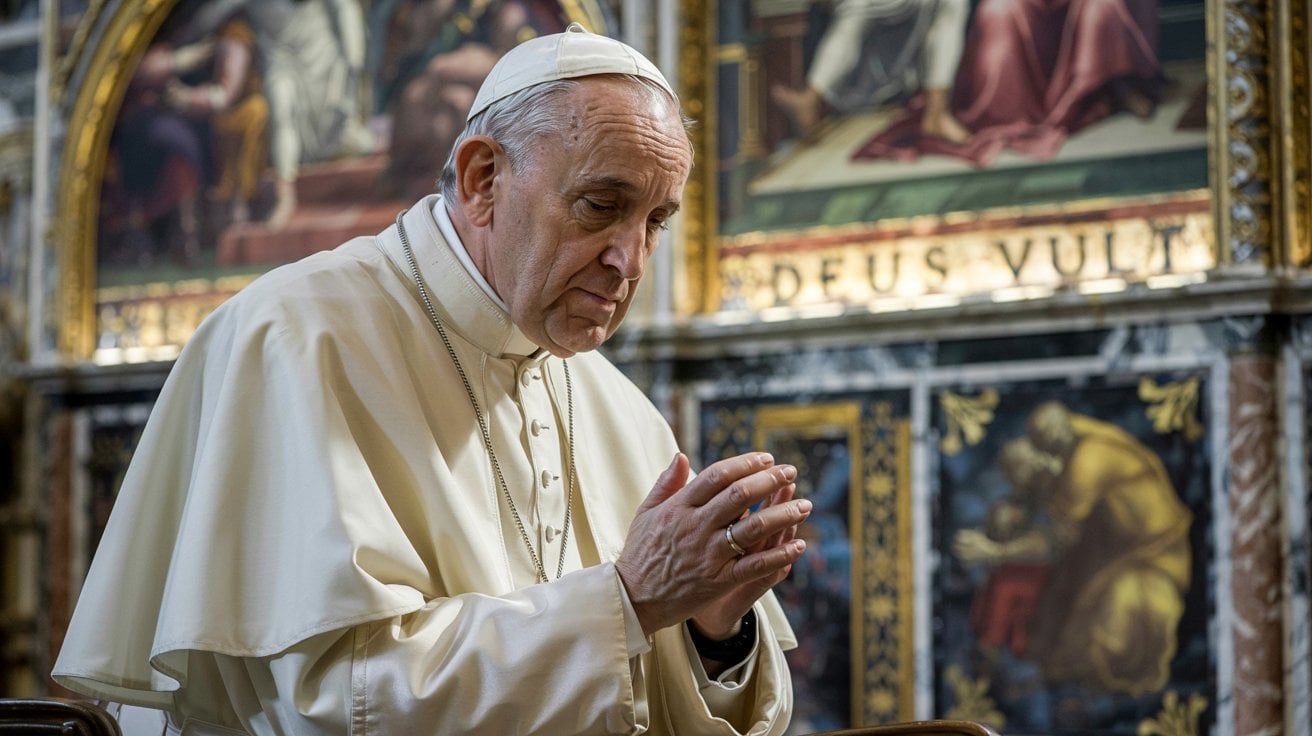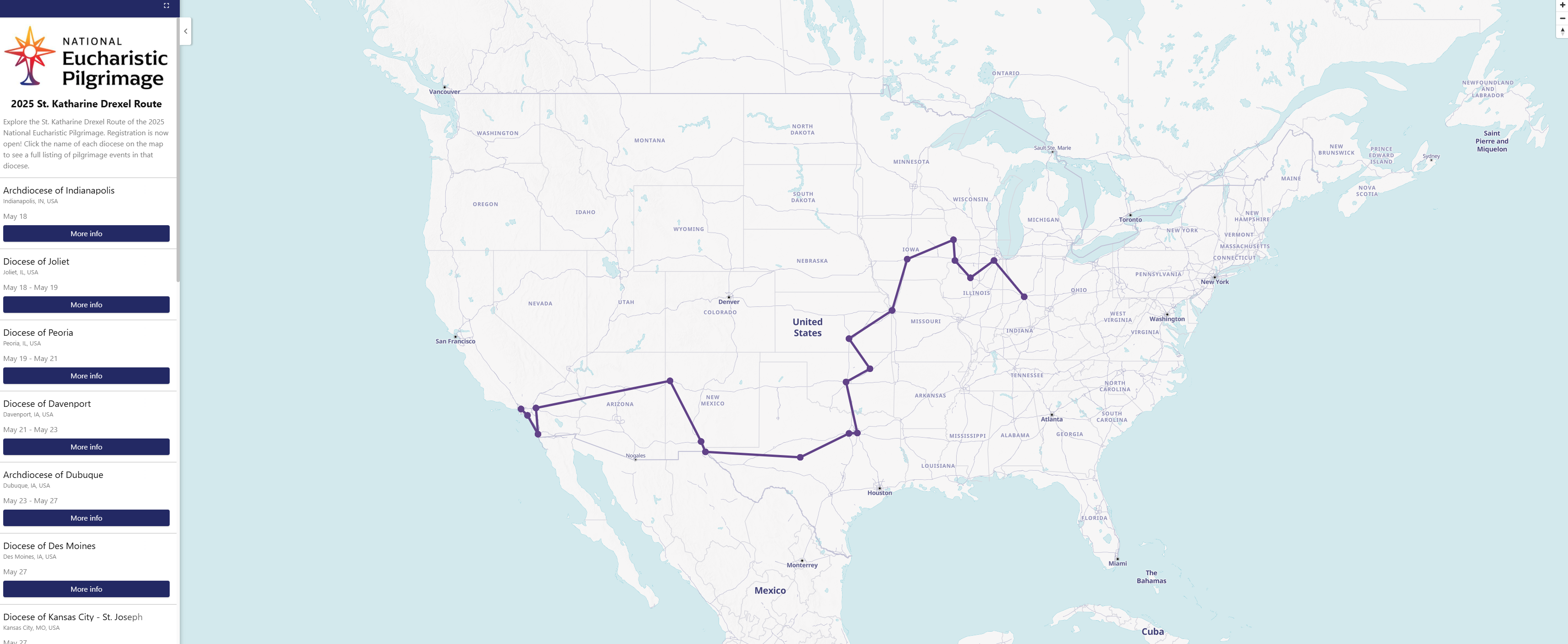The Apostle Peter: Early Life and Calling
Before he became known as the Apostle Peter, one of the most influential leaders of the early Christian Church, he was Simon, a humble fisherman from Bethsaida. His journey from the shores of the Sea of Galilee to becoming a foundational figure in Christianity is a story of faith, transformation, and leadership.

Early Life and Family
Simon was born in Bethsaida, a small fishing village located on the northeastern shore of the Sea of Galilee (modern-day Israel). This picturesque town was a hub for fishermen, nestled between the bustling cities of Capernaum and Cana. As the son of Jonah (also known as John), Simon grew up in a close-knit family environment where fishing was not just a profession but a way of life.
Simon’s older brother, Andrew, was already a disciple of John the Baptist before both brothers encountered Jesus. The brothers worked alongside their father in the family fishing business, which primarily involved catching and selling a variety of fish species such as tilapia and carp. The Sea of Galilee, being a freshwater lake, was teeming with fish, making it a vital economic resource for the region.
Life in Bethsaida was simple yet challenging. The community relied heavily on fishing, and the family’s livelihood depended on favorable weather conditions and successful catches. Simon’s upbringing in this environment instilled in him values of hard work, perseverance, and a deep understanding of the natural world.
Life as a Fisherman

As a fisherman on the Sea of Galilee, Simon’s daily life was marked by the relentless pursuit of fish. The Sea of Galilee, known for its abundance, provided ample opportunities but also posed significant challenges. The climate of the region meant that fishermen had to contend with sudden storms, fluctuating water levels, and seasonal variations that affected fish populations.
Simon’s work began at dawn, preparing his nets and boats for the day ahead. The fishing boats used during his time were small and sturdy, built to navigate the sometimes rough waters of the lake. These boats, typically manned by a small crew, relied on both sails and oars, requiring significant physical effort to manage during long fishing expeditions.
The process of fishing was labor-intensive. It involved casting nets wide and deep into the waters, a task that required not only strength but also skill and timing. Successful fishing trips depended on Simon’s knowledge of fish behavior, water currents, and the best fishing spots. His ability to read the signs of nature made him an adept fisherman, capable of maximizing his catches even under less-than-ideal conditions.
Beyond the physical demands, fishing was a communal activity. Simon often worked alongside other fishermen from Bethsaida, fostering a sense of camaraderie and mutual support. This community-oriented lifestyle reinforced Simon’s leadership qualities, as he frequently took charge during collaborative efforts to manage large nets or navigate challenging waters.
Personal Traits and Character
Simon was known for his strong personality and natural leadership abilities. His outspoken nature and decisiveness made him a respected figure among his peers. While his impulsive actions sometimes led to hasty decisions, they also demonstrated his willingness to take risks and his commitment to achieving his goals.
Despite his rough exterior, Simon possessed a deep sense of loyalty and compassion. He was devoted to his family, often putting their needs above his own. His dedication extended to his community, where he was seen as a reliable and steadfast member who could be counted on in times of need.
Simon’s straightforwardness and honesty were other defining traits. He was not one to shy away from expressing his thoughts or standing up for what he believed in, even if it meant challenging the status quo. These qualities would later make him a pivotal figure in the early Church, where his boldness and integrity played crucial roles in spreading the teachings of Jesus.
The Turning Point: Meeting Jesus
Simon’s life changed irrevocably when his brother Andrew, who had become a disciple of John the Baptist, introduced him to Jesus of Nazareth. This encounter, which took place in Capernaum—one of the prominent fishing villages along the Sea of Galilee—marked the beginning of Simon’s transformation from a fisherman to a devoted apostle.
The Calling
The calling of Simon, later named Peter, is one of the most significant moments in the Gospels. According to the Gospel of Luke, Jesus saw Simon and his partners casting a net into the lake and called out to them, saying, “Follow me, and I will make you fish for people” (Luke 5:10). This divine invitation came after a night of unsuccessful fishing, underscoring the miraculous nature of their subsequent catch.

Intrigued by Jesus’ authority and wisdom, Simon left his nets and followed Him, along with his brothers James and John. This immediate obedience highlighted Simon’s readiness to embrace change and his willingness to embark on a new spiritual journey. The Sea of Galilee, which had been the center of his livelihood, became the backdrop for his new mission of spreading the Gospel.
Jesus bestowed upon Simon the name “Cephas,” which translates to Peter, meaning “rock.” This name change symbolized the foundational role Peter would play in the establishment of the Christian Church. Peter’s transformation from Simon the fisherman to Peter the apostle signifies his new identity and purpose under Jesus’ guidance.
Significant Events in Peter’s Life
30 AD – Peter’s Confession of Christ
When Jesus asked His disciples who they thought He was, Peter declared, “You are the Messiah, the Son of the living God” (Matthew 16:16). Jesus affirmed Peter’s declaration and said, “And I tell you that you are Peter, and on this rock, I will build my church” (Matthew 16:18).
32 AD – The Transfiguration
Peter was one of the three apostles who witnessed the Transfiguration of Jesus on the mountain, where Jesus’ appearance was gloriously transformed, and He spoke with Moses and Elijah (Matthew 17:1-9). This event reinforced Peter’s understanding of Jesus’ divine nature.
33 AD – Peter Denies Jesus
Despite his bold declarations of loyalty, Peter denied knowing Jesus three times during His trial, fulfilling Jesus’ prophecy about this denial (Luke 22:54-62). This event marked a moment of weakness and deep repentance for Peter, leading to his eventual restoration and reaffirmation by Jesus after the Resurrection.
33 AD – The Resurrection and Leadership
After Jesus’ resurrection, Peter was one of the first to see the empty tomb and later encountered the risen Christ. Jesus reaffirmed Peter’s role by asking him to “feed my sheep,” entrusting him with the care of His followers (John 21:15-17). This marked the beginning of Peter’s prominent leadership within the early Christian community.
34-37 AD – Peter’s Miraculous Acts
In the early days of the Church, Peter performed many miracles, including healing a lame beggar at the temple gate (Acts 3:1-10) and raising Tabitha from the dead (Acts 9:36-42). These acts not only demonstrated his faith but also established his authority and leadership among the believers.
44 AD – Peter’s Imprisonment and Escape
King Herod Agrippa imprisoned Peter with the intent to execute him. However, Peter was miraculously freed by an angel the night before his execution, reinforcing the belief in divine protection over him (Acts 12:1-11). This event further solidified his role as a fearless leader of the early Church.
49 AD – The Council of Jerusalem
Peter played a crucial role in the Council of Jerusalem, where early Church leaders debated the inclusion of Gentiles in the Christian community. He advocated for Gentile converts, emphasizing that salvation is through grace and faith in Jesus Christ, not adherence to the Mosaic Law (Acts 15:7-11). His stance helped shape the inclusive nature of Christianity.
60-64 AD – Peter’s Ministry in Rome
Tradition holds that Peter traveled to Rome and served as the bishop there, strengthening the fledgling Christian community amidst growing persecution. His leadership in Rome is considered a foundational period for the Roman Catholic Church, with many viewing him as the first pope.
64 AD – Peter’s Martyrdom
Peter was martyred during the reign of Emperor Nero. According to tradition, he was crucified upside down at his own request, feeling unworthy to die in the same manner as Jesus Christ. His martyrdom marked the end of his earthly journey but cemented his legacy as a cornerstone of the Christian faith.
Scripture and Related Bible Readings
Peter’s Confession of Christ
Matthew 16:13-20 – Peter declares Jesus as the Messiah.
The Transfiguration
Matthew 17 – Peter witnesses Jesus’ divine glory.
Peter Denies Jesus
Luke 22:54-62 – Peter’s denial and subsequent remorse.
The Resurrection
John 20 – Peter discovers the empty tomb.
Peter’s Miraculous Acts
Accounts of miracles performed by Peter.
The Council of Jerusalem
Peter’s role in integrating Gentile believers.
Peter’s Imprisonment and Escape
Acts 12 – Peter’s miraculous release from prison.
Peter’s Martyrdom
Traditional accounts of Peter’s death.
Quotes from the Bible
Important Passages
“And I tell you that you are Peter, and on this rock, I will build my church, and the gates of Hades will not overcome it.” – Matthew 16:18
“Peter replied, ‘Repent and be baptized, every one of you, in the name of Jesus Christ for the forgiveness of your sins. And you will receive the gift of the Holy Spirit.'” – Acts 2:38
Legacy and Influence
The Apostle Peter’s life is a profound testament to transformation and redemption. From a simple fisherman to a cornerstone of the Christian faith, his journey illustrates the impact of unwavering faith and dedication. Peter’s writings, particularly the epistles of First and Second Peter, continue to inspire believers worldwide with their teachings on faith, hope, and perseverance.
Peter’s leadership was instrumental in the early spread of Christianity. His bold proclamation of the Gospel, even in the face of persecution, set a powerful example for future generations of Christians. The letters attributed to him address key theological issues and encourage believers to remain steadfast in their faith despite challenges.
His legacy is evident in various Christian traditions. The Roman Catholic Church regards him as its first pope, establishing a line of papal succession that continues to this day. Many Protestant denominations honor his contributions to the spread of the Gospel and his role in shaping early Christian doctrine.
Significant sites associated with Peter include St. Peter’s Basilica in Vatican City, which is considered one of the holiest Catholic shrines. The Basilica stands on the traditional site of Peter’s martyrdom and burial, serving as a major pilgrimage destination for millions of believers each year.
Further Reading
For more in-depth information on the Apostle Peter, consider the following resources:






